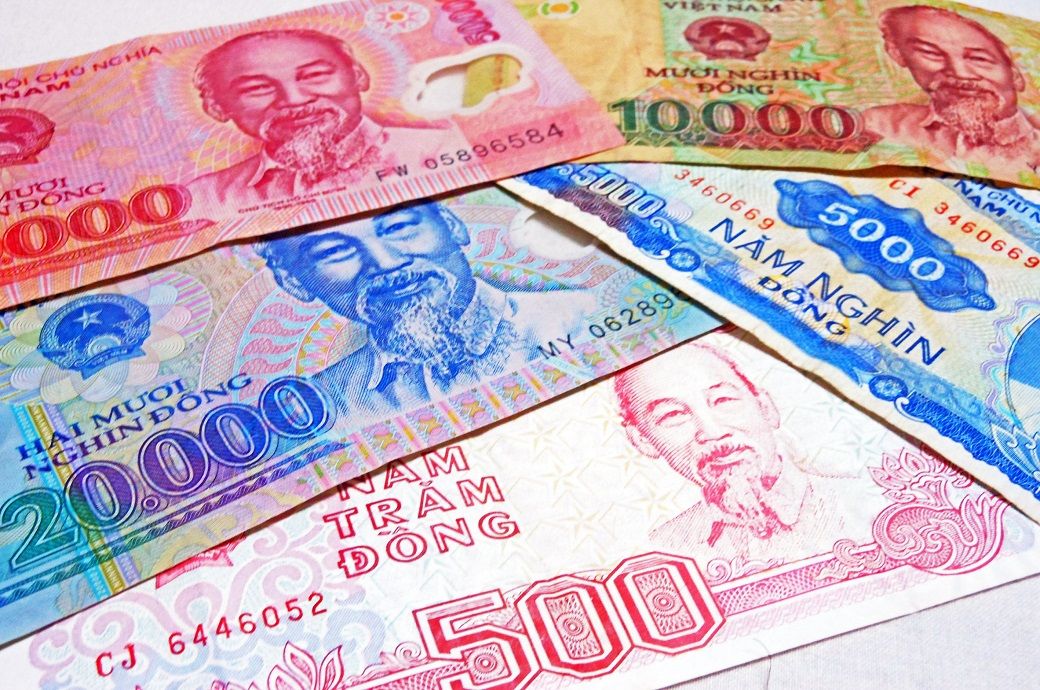
However, there are several factors that may threaten Vietnam’s positive economic outlook such as growth slowdown in main export markets, more commodity price shocks, continued disruption of global supply chains, constant labour shortages, higher inflation and financial sector risks, or the emergence of new COVID-19 variants, according to ‘Taking stock: Educate to grow,’ the World Bank’s bi-annual economic outlook for Vietnam.
Given the nascent domestic recovery, the weakening global demand outlook, and heightened inflation risks, the report suggests a proactive response by the authorities. In the short run, on the fiscal front, the focus should be on the implementation of the Recovery and Development policy package and expanding targeted social safety nets to help buffer the poor and vulnerable from the effects of the fuel price shock and rising inflation. In the financial sector, close monitoring and strengthening non-performing loan reporting and provisioning as well as adopting an insolvency framework would be recommended, the World Bank report said.
If upside risks to inflation materialise — with core inflation accelerating and the consumer price index moving above the 4 per cent target set by the government — the State Bank of Vietnam should be ready to pivot to monetary tightening to quell inflationary pressures through interest rate hikes and tighter liquidity provision.
“To sustain economic growth at the desired rate, Vietnam needs to increase productivity by 2-3 per cent every year,” said Carolyn Turk, World Bank country director for Vietnam. “International experiences have shown that higher workers’ productivity can be achieved by investing in the education system, as an important part of a basket of investments and reforms. A competitive workforce will generate much-needed efficiency for Vietnam in the long term.”
Fibre2Fashion News Desk (NB)